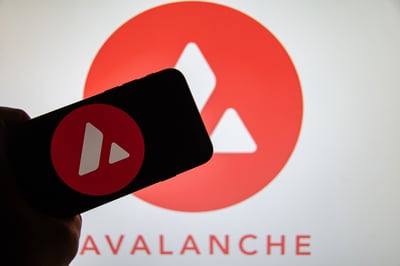In the summer of 2016, it was routine to walk through your town and find figures clustered in unusual spots that didn’t usually attract footfall, smartphones thrust in the air. It wasn’t a series of impromptu flash mobs, nor was it the devout assembling in expectation of the rapture lifting them bodily upwards. Rather, the participants were playing a viral game that compelled players more accustomed to recreating with the shades drawn to get out of the house and out of their comfort zone.
Such players were compelled to physically walk around to find and capture Pokémon, collect items from PokéStops (designated landmarks or locations), and participate in virtual battles at Gyms where players compete against one another or computer-controlled trainers. Like all viral games, Pokémon Go had its peak, with late 2016 marking a high point for geo-fenced gaming.
Despite the huge possibilities this technology holds, not just for gaming, but for a host of consumer and business applications, geo-based products have failed to replicate Pokémon Go’s viral moment. In the years since the Niantic and Nintendo collaboration was released, however, supporting technologies, including AR and blockchain, have improved significantly. The geo-fenced apps of tomorrow should prove more enduring than the one that started it all, only to fade almost as quickly as it had ignited.
Building a Bigger Geo-Fence
A location-based technology that involves creating virtual boundaries around a specific geographic area, geo-fencing uses a combination of GPS, RFID (Radio Frequency Identification), and wifi or cellular data. When a device or individual enters or exits a designated area, the geo-fencing system can trigger a specific action.
The use cases for this technology are vast, incorporating location-based marketing and ad targeting; managing fleet vehicles such as couriers; physical premises security and surveillance; and parental controls for children such as at daycare, to name but a few.
The real power of geo-fencing technology, however, comes when it is married with other innovations to strengthen its core utility. One of these complementary tools is blockchain, where tokenization allows for the creation of behavioral incentives. When carefully introduced, tokens, be it NFTs or fungible assets, can nudge users towards completing certain steps.
As an example of what this looks like in action, one need only consider Rebase, the lifestyle and adventure application that’s harnessing these very tools to create incentivized experiences for consumers. Its tech allows businesses to use geo-fencing technology to create targeted campaigns. Consumers who pass a store at the mall, for instance, could receive a notification gifting them a discount voucher. Or their account could be credited with 100 tokens for stepping in and making a purchase.
The blockchain component here isn’t just about administering rewards: it’s about providing a transparent framework for measuring campaign success. These characteristics, which are a basic tenet of blockchain, enable businesses to monitor the efficacy of their geo-fenced targeting and to determine how rewards are being utilized.
Add in AR
It wasn’t just geo-fencing that was novel with Pokémon Go: the app also famously made use of augmented reality (AR). This tech, increasingly now deployed in tandem with blockchain, has clear consumer applications. Taking the Rebase model of consumer targeting cited above, for example, where there’s clear benefits to applying AR. For instance, upon entering a store, a consumer could be shown AR-based images on their phone of how an item of clothing would look in their wardrobe or a painting on their living room wall.
Things start to get very interesting once businesses combine AR, blockchain, tokenization, and geo-fencing to create gamified applications that reward user engagement. For example, the idea of having digital art (NFTs) that can only be claimed upon visiting a physical location opens some intriguing possibilities: now brands have a means of incentivizing trips to multiple locations and game developers a means of getting players out on the streets – just as Pokémon Go once did.
Pokémon Go encouraged social interaction by creating a shared experience for players. It encouraged people to go outside and explore their surroundings together, leading to chance encounters with other players. Players could join teams, compete in Gyms, and participate in Raid Battles together, fostering a sense of community. If app developers can capture this same magic, aided by modern tooling including blockchain, the next generation of geo-fenced apps will blur the lines between physical and digital and make outdoors the new indoors.
 Nikolas Sargeant
Nikolas Sargeant





